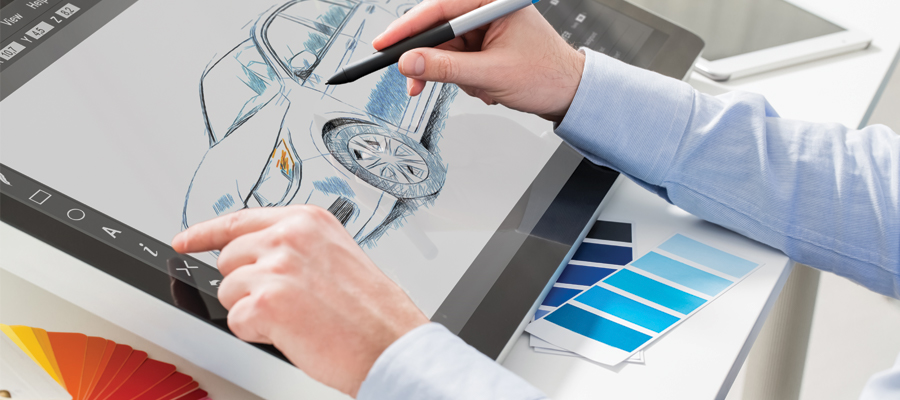Industrial design has always been at the forefront of innovation, blending creativity and functionality to shape the products and experiences of tomorrow. As we step into the future, a new wave of emerging trends and technologies is set to revolutionize the field of industrial design. Here are some exciting developments that are shaping the future of industrial design, paving the way for groundbreaking advancements and transformative user experiences.
Human-Centric Design
One of the prominent trends driving the future of industrial design is the shift toward human-centric design. Designers are increasingly focusing on creating products and experiences that prioritize user needs, emotions, and behaviors. By understanding user perspectives and integrating them into the design process, industrial designers can create solutions that resonate deeply with consumers.

Human-centric design encompasses various aspects, such as user research, empathy mapping, and user testing. By involving users early on and throughout the design process, designers gain valuable insights that help them create intuitive and user-friendly products. This trend is particularly evident in the development of smart devices, wearable technology, and user interfaces that adapt to individual preferences, enhancing the overall user experience.
Sustainable Design and Circular Economy
With growing environmental concerns, sustainability has become a central focus in the design industry. Industrial designers are increasingly embracing sustainable design practices to reduce waste, minimize carbon footprint, and promote the concept of a circular economy. This approach aims to keep materials and products in use for as long as possible through recycling, upcycling, and waste reduction.

Designers are exploring eco-friendly materials, energy-efficient manufacturing processes, and product life cycle analysis to create sustainable solutions. The integration of renewable energy sources, smart energy management systems, and the use of recycled materials are just a few examples of how industrial design is contributing to a greener and more sustainable future.
Integration of Artificial Intelligence (AI) and Machine Learning
Artificial intelligence and machine learning are revolutionizing various industries, and industrial design is no exception. The integration of AI and machine learning technologies open up new possibilities for product design, customization, and user interaction. These technologies can analyze vast amounts of data, enabling designers to make informed decisions and create personalized products and experiences.
AI-powered design tools can automate repetitive tasks, streamline the design process, and generate design variations based on user preferences. Virtual reality (VR) and augmented reality (AR) are also gaining momentum, allowing designers and users to visualize and interact with products in immersive environments. These advancements are transforming the way industrial designers prototype, test, and refine their concepts, resulting in more efficient and user-centric designs.
Bio-design and Biomimicry
Nature have always been a source of inspiration for designers, and the future of industrial design is no different. Bio-design and biomimicry are emerging trends that draw inspiration from nature’s design principles and biological systems. By studying nature’s solutions to complex problems, designers can create more efficient and sustainable products.
Bio-design involves incorporating living organisms or their components into the design process, resulting in innovative materials, structures, and manufacturing techniques. Biomimicry, on the other hand, focuses on emulating nature’s patterns, processes, and strategies to solve design challenges. These approaches can lead to the development of self-healing materials, energy-efficient designs, and sustainable manufacturing processes, among other breakthroughs.

The future of industrial design is brimming with possibilities. By embracing human-centric design, sustainable practices, AI and machine learning, IoT connectivity, and design principles, industrial designers can shape a future where form and function seamlessly intertwine. These emerging trends and technologies empower designers to create products and experiences that not only meet the needs of users but also contribute to a sustainable and interconnected world.
Aspiring industrial designers at Dot School of Design are well-positioned to explore these trends and technologies, preparing themselves to be at the forefront of this rapidly evolving field. By staying abreast of these emerging developments, they can forge new paths and drive the future of industrial design, ultimately enriching lives and shaping the world we live in.
For more blogs related to design: https://www.dotsod.in/blog/
Follow DOT School of Design in Facebook, Instagram, LinkedIn, Medium and YouTube

